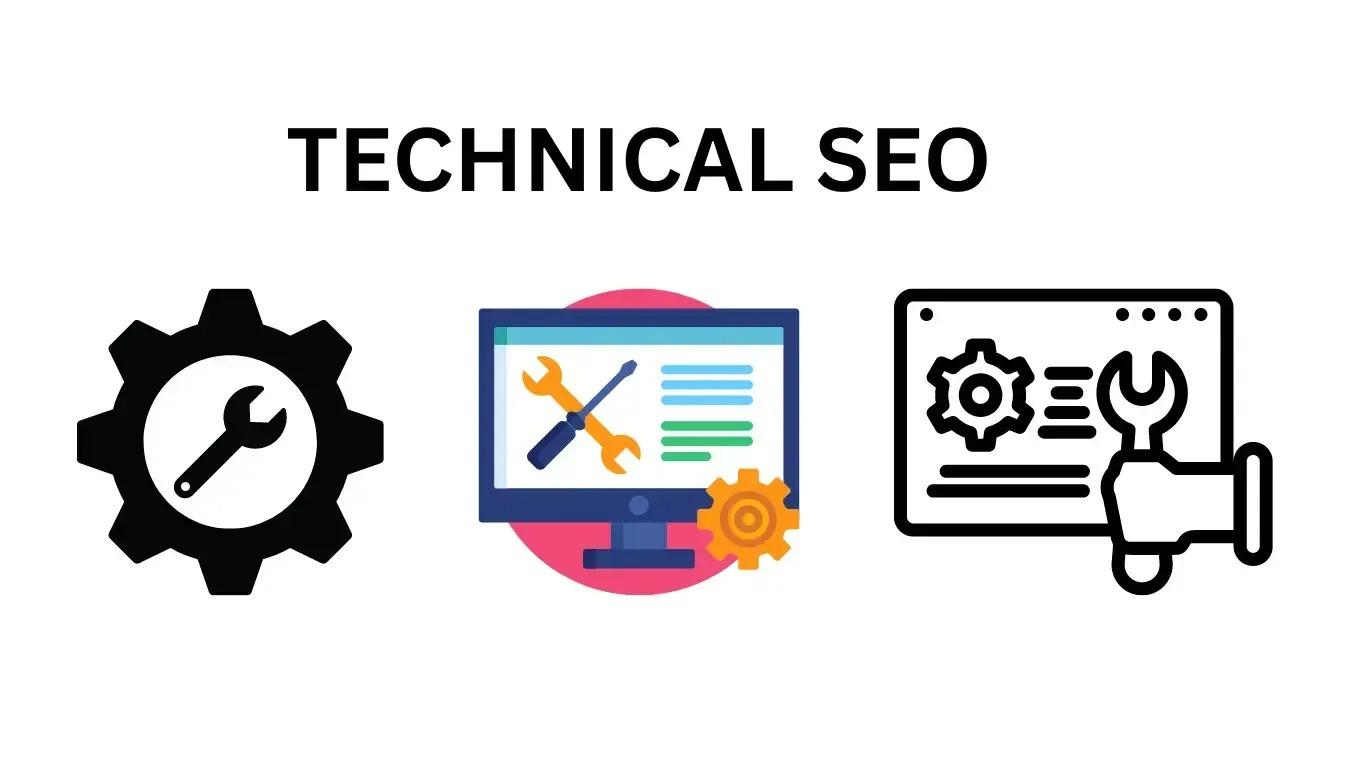The Complete Guide to Technical SEO Audit for Better Website Performance

If your website isn’t performing well on search engines despite having great content, chances are the problem lies beneath the surface — in the technical structure. That’s where a technical SEO audit comes in. It’s the foundation that ensures search engines can easily crawl, index, and understand your website.
Let’s break down what it is, why it matters, and how you can perform one the right way.
What is a Technical SEO Audit?
A technical SEO audit is a detailed process of checking the technical aspects of your website that affect its visibility in search engines. It focuses on how well your site is structured, how fast it loads, and how easily search engines can crawl and index it.
Think of it as a full website checkup that helps you spot issues before they hurt your rankings. Without proper technical health, even the best content and backlinks won’t deliver the results you expect.
Why a Technical SEO Audit Matters
Search engines like Google use hundreds of ranking factors, and most of them are related to user experience and technical quality. A strong technical foundation ensures that:
-
Your site loads quickly across all devices
-
There are no broken links or duplicate pages
-
Search engines can access every important page
-
Your site remains stable during updates or redesigns
When you fix these areas, you build trust with both users and search engines. It also makes your SEO strategy more effective long-term.
Step-by-Step Breakdown of a Technical SEO Audit
1. Crawl Your Website
Start by crawling your website using SEO audit tools. These tools scan your site the same way Google does, revealing issues like broken links, redirect chains, and missing tags. They give you a complete picture of what’s working and what needs attention.
Once you have a crawl report, fix any 404 errors, redirect loops, or unnecessary parameters that waste crawl budget.
2. Check Website Speed and Mobile Performance
Speed plays a huge role in user satisfaction and rankings. You can use an SEO optimization checker to measure page load times, image sizes, and mobile responsiveness. If your pages take more than three seconds to load, users are likely to leave before even seeing your content.
Compress images, use browser caching, and enable lazy loading to improve speed. Also, make sure your site performs equally well on mobile devices.
3. Analyze On-Page SEO Elements
Every page should have a unique title tag, meta description, and header structure. During your SEO site audit, review these elements to make sure they include relevant keywords naturally. Don’t over-optimize. Instead, focus on readability and intent.
Your headings should guide both users and search engines through your content logically. For example, use H1 for main topics and H2 or H3 for subtopics.
4. Improve Site Architecture
A well-organized website helps search engines find and understand your pages better. Keep your structure simple: main pages at the top, followed by subcategories and inner pages. Avoid orphan pages that have no internal links pointing to them.
During your SEO health check, verify that every page is reachable within three clicks from the homepage. Internal links should use descriptive anchor text to help Google understand content relationships.
5. Fix Indexing and Crawling Issues
If Google can’t crawl or index your pages, they won’t appear in search results. Check your robots.txt file to ensure you’re not blocking important sections. Also, submit an updated sitemap through Google Search Console so search engines can easily discover all your pages.
Remove duplicate or thin content that might confuse search algorithms. Canonical tags are helpful for managing similar pages without losing ranking signals.
6. Strengthen Site Security and Core Web Vitals
Security is now a ranking factor. Make sure your website uses HTTPS instead of HTTP. Also, pay attention to Core Web Vitals — metrics that measure load speed, interactivity, and visual stability. Improving these metrics enhances both user experience and SEO.
7. Conduct an SEO Migration Check (if applicable)
If you’ve recently changed your website design, domain, or platform, perform an SEO migration check. Many websites lose traffic during migrations because redirects or tracking codes aren’t properly set up. Ensuring that every old URL points correctly to the new version can save you from massive ranking drops.
8. Review and Report
After you fix the issues, run another crawl to confirm everything’s in good shape. Create a report showing the progress and improvements. Regular SEO health checks every few months will help you maintain consistent performance.
Best Tools for Technical SEO Audits
Here are some of the most reliable SEO audit tools professionals use:
-
Google Search Console
-
Screaming Frog
-
Ahrefs Site Audit
-
SEMrush
-
Sitebulb
These platforms highlight errors, warnings, and suggestions, saving hours of manual work.
Common Mistakes to Avoid
-
Ignoring mobile usability
-
Not fixing broken internal links
-
Forgetting to redirect old URLs after site updates
-
Overloading pages with heavy scripts and images
-
Skipping technical reviews for months
Avoiding these mistakes can keep your website healthy and search-friendly for the long term.
FAQs About Technical SEO Audits
1. How often should I do a technical SEO audit?
It’s best to conduct a full audit every 3 to 6 months, especially after major updates or site changes. Regular reviews ensure small problems don’t become major ranking issues.
2. What is the difference between an SEO site audit and a technical SEO audit?
An SEO site audit covers all aspects, including content, backlinks, and on-page factors. A technical SEO audit focuses only on technical performance — crawling, indexing, speed, and structure.
3. Can I perform a technical audit myself without tools?
You can do some checks manually, like reviewing titles and meta tags. However, using SEO audit tools and an SEO optimization checker makes the process faster and more accurate.
Final Thoughts
A technical SEO audit is the backbone of every successful SEO strategy. Without strong technical performance, even the best content won’t reach its audience. By regularly checking your site’s speed, structure, and crawlability, you’ll stay ahead of competitors and build a site that both users and search engines love.
- Creative Multimedia
- Education & Innovation
- Business & Technology
- Sustainability & Ethics
- App & IT Development
- Community & Culture
- Thought Leadership
- Evento
- AI & Robotics
- Craft
- Ver Página
- Fitness
- Free Peck
- Jogo
- Tutorial
- Health
- Music
- Networking
- Outro
- Business
- Religion
- Shop
- Sport
- Wellbeing



